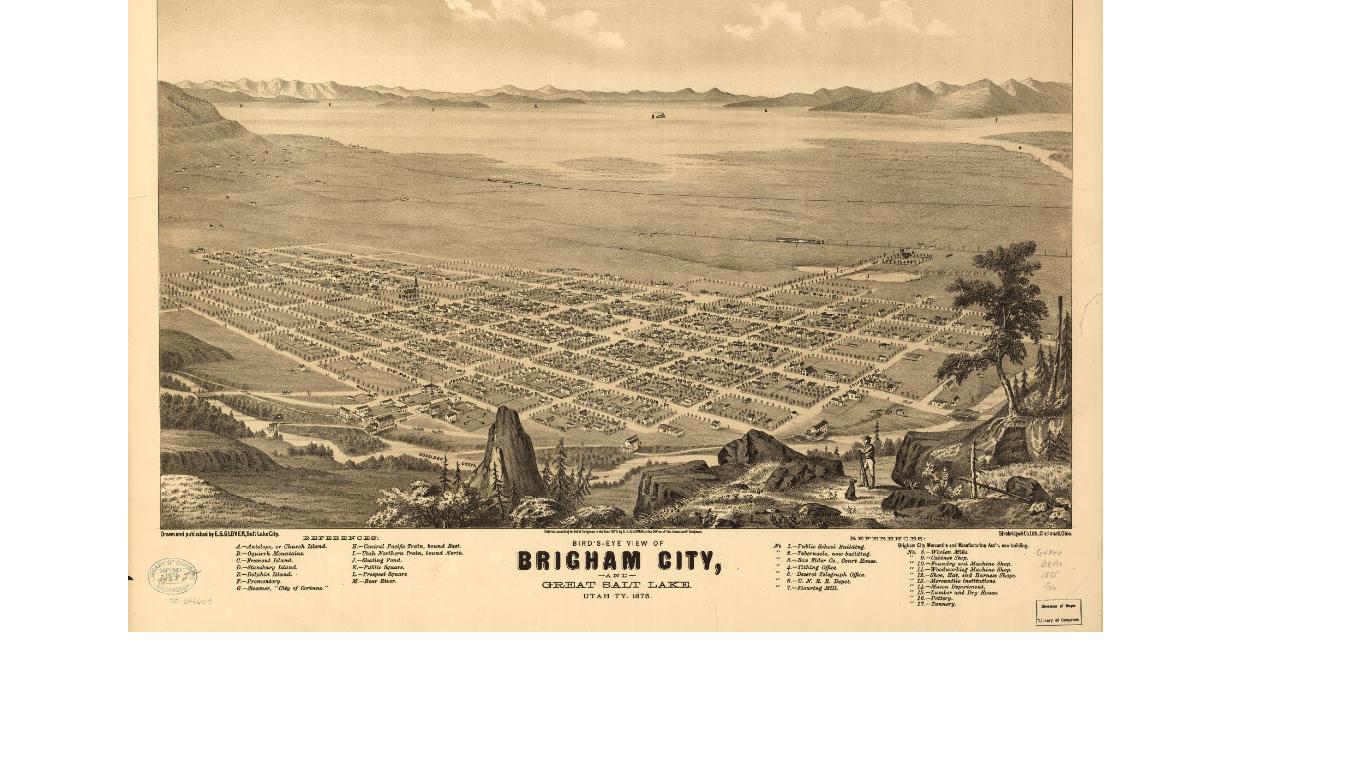I'm writing a fantasy old-west type novel, and I want this world to have extreme climates. I have a few questions, particularly for Americans:
- I want the mostly settled areas (mid to low income population) to look like a perma-frosted Aspen (Colorado), with mountains and snow and evergreen trees and such, but also the occasional whipping blizzard. And on the other hand, I need a desert wasteland with harsh sandstorms.
- Now, I'm not American and I can't know how that works, but how should the place between the two extremes look? I was thinking to make this the 'rich people' area where they can afford to live in not-life-threatening climates, but that raises the problem - everyone would fight over those places and strip them dry of resources, or use it all for farmland, and I don't even know what else. Would this area be bruised with vegetation-less hills or be more like prairies?
- How big of an area would all of this together have to cover - how many states? Can it fit within one?
As you can see, I'm kinda lost, and any tips on this (especially from Americans living in those areas) would be greatly appreciated. Thanks.
Edit: The read dead 2 map is just under 30,000 square miles. Is the climate and terrain there realistic for the size?

